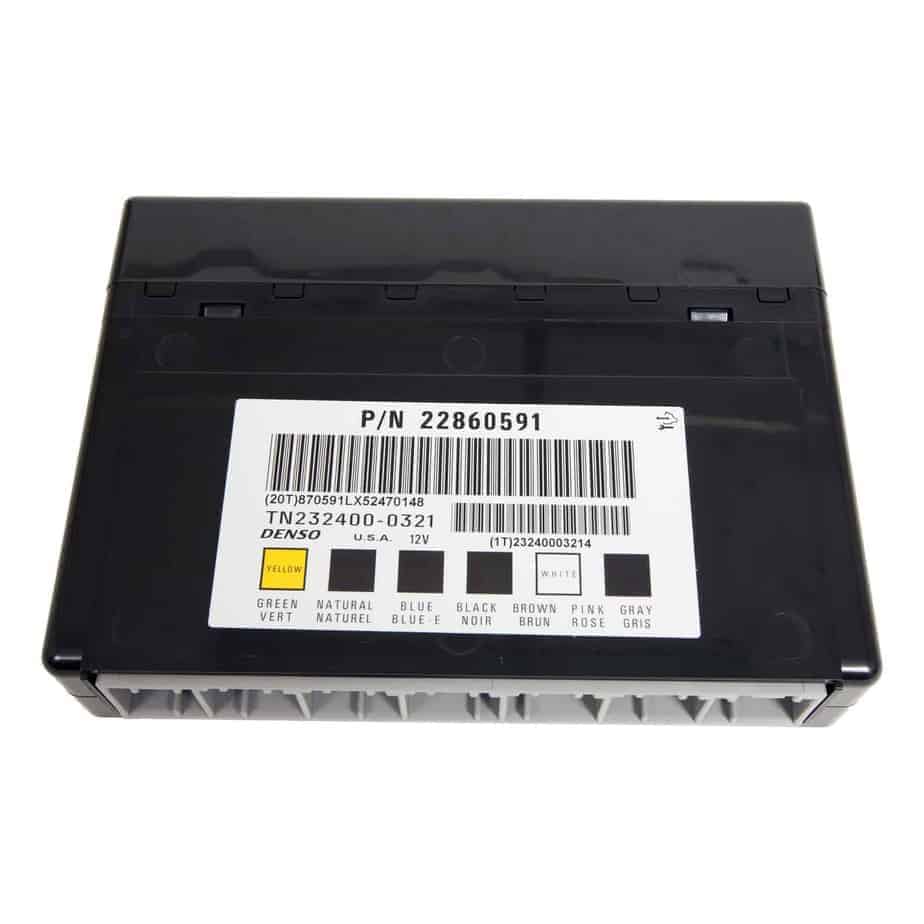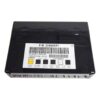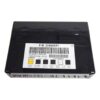Is Your Family’s SUV Plagued by Electrical Gremlins?
Are strange electrical issues making your 2009-2012 Chevrolet Traverse feel unreliable? From power windows that have a mind of their own and door locks that won’t respond, to dashboard warning lights that flicker without reason, a failing Body Control Module (BCM) can be the hidden cause of widespread frustration. It’s the central command for your vehicle’s comfort and convenience features, and when it fails, it can make your daily drive a hassle. Get back to confident, trouble-free driving with this direct-fit, pre-programmed BCM.
Common Symptoms & Your Direct-Fit Solution
A faulty BCM can manifest in numerous ways, often mimicking other problems. If you’re experiencing any of the following, this module is the definitive solution you need:
- Intermittent or non-working power windows, locks, and mirrors
- Erratic interior or exterior lighting (dome lights, headlights, turn signals)
- Malfunctioning climate control fans or displays
- Security system faults or the anti-theft light staying on
- Communication error codes (U-codes) stored in the system
- In severe cases, a no-start condition where the vehicle won’t crank
This module is precisely programmed to your vehicle’s VIN before shipping, ensuring it communicates seamlessly with your Traverse’s existing systems. This critical step eliminates the need for expensive dealership programming, saving you time and money. Our process uses the latest GM software updates for optimal performance and reliability. This is the most efficient way to solve the problem and restore your vehicle’s full functionality. If you’re looking for a reliable 2009-2012 Traverse Body Control Module, this is the perfect solution.
Features & Benefits
- ✔ VIN-Programmed for You: Arrives ready to install, pre-flashed with the latest GM software matched specifically to your vehicle’s VIN.
- ✔ Restore Full Functionality: Regain control over your power windows, locks, lighting, and other essential electronic accessories.
- ✔ Wide Compatibility: A direct replacement for a comprehensive list of part numbers, including 25934762, 22860591, 20815898, and many more.
- ✔ Cost-Effective Repair: Avoid the high costs and scheduling hassles associated with dealership programming and service.
- ✔ Peace of Mind: This unit is backed by our one-year replacement warranty.
Expert Insight: Why VIN Programming is Non-Negotiable
In modern vehicles like your Traverse, the BCM is part of a complex network of computers that are constantly communicating. Simply installing a BCM from another vehicle won’t work—it’s like putting a lock in a door with the wrong key. VIN programming ensures the BCM has the correct ‘digital handshake’ to work with your engine computer, transmission module, and airbag system. This crucial step ensures all features work as the factory intended and prevents new, more complex issues from arising. We handle this for you, so you can be confident in your repair.
Important Post-Installation Information
While this 2009-2012 Traverse Body Control Module is programmed for your vehicle, certain systems may require a simple ‘relearn’ or ‘sync’ procedure after installation to finalize communication. These may include:
- Airbag System Sync: If the airbag warning light is on after installation, a ‘Setup SDM Primary Key in BCM’ procedure must be performed with a professional scan tool.
- Brake Pedal Position Relearn: A recalibration of the brake pedal position sensor may be needed to ensure proper brake light and traction control operation.
Please consult a factory service manual or a qualified technician for specific guidance, as procedures can vary.
Frequently Asked Questions
How do I provide my VIN number?
After you complete your purchase, simply send us a message with your 17-digit Vehicle Identification Number (VIN). We cannot program and ship your module without it.
Is this a plug-and-play part?
It is as close as it gets. The module is pre-programmed to your VIN, which handles the most complex part of the installation. However, as noted above, some vehicles may require additional relearn procedures for specific systems like the airbags or brake sensor, which require a professional scan tool.
Will this fix my specific electrical problem?
This module corrects issues directly caused by a failing BCM, such as the common symptoms listed above. While it is a very common point of failure, we always recommend a proper diagnosis by a qualified technician to confirm the BCM is the root cause of your issue before ordering.
What happens if I install a BCM without programming?
An unprogrammed BCM will not work correctly. It can cause numerous issues, from features not working at all to a complete no-start condition, and may even set anti-theft codes that are difficult to clear. Our pre-programming service prevents these problems.
What other vehicles does this module fit?
This 2009-2012 Traverse Body Control Module is also compatible with a very wide range of GM vehicles, including the Acadia, Enclave, Equinox, Impala, Tahoe, Yukon, Express/Savana vans, and more. It replaces dozens of original part numbers, ensuring broad application coverage.


